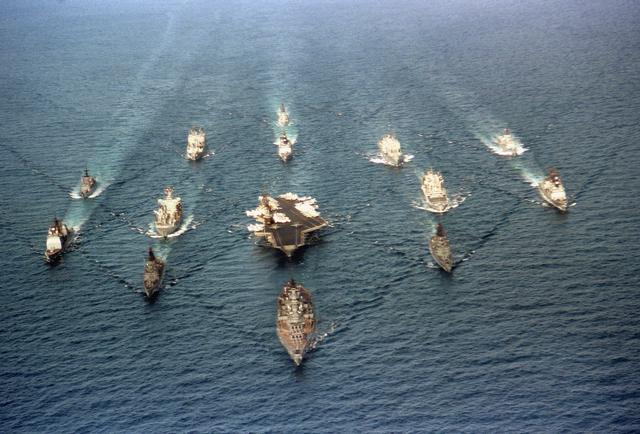Trepidati0n
[H]F Junkie
- Joined
- Oct 26, 2004
- Messages
- 9,269
Amazon sells products that can fix that friction problem.
http://www.amazon.com/Passion-Natur...2136619&sr=8-1&keywords=55+gallon+barrel+lube
Does it come in strawberry?
As an Amazon Associate, HardForum may earn from qualifying purchases.
![[H]ard|Forum](/styles/hardforum/xenforo/logo_dark.png)



